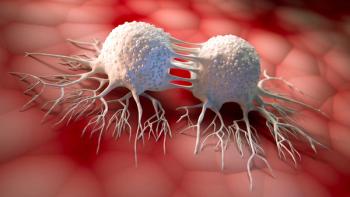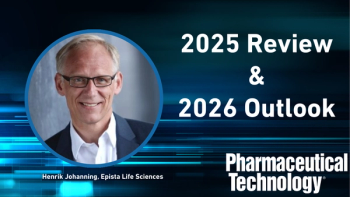
FDA Issues Final Rule on Sterility Testing of Biologics
FDA issued a final rule on sterility testing on May 3, 2012, which amends the requirements for most licensed biological products and aims to provide manufacturers with the flexibility, as appropriate, to keep pace with technological and scientific advances. Many steps are changed or eliminated.
FDA issued a final rule on sterility testing on May 3, 2012, that amends the requirements for most licensed biological products and aims to provide manufacturers with the flexibility, as appropriate, to keep pace with technological and scientific advances. The rule is in response to President Obama’s Executive
Specifically, the
- “Eliminates specified sterility test methods, culture media formulae (or formulation), and culture media test requirements
- Eliminates specified membrane filtration procedure requirements for certain products
- Eliminates specified sterility test requirements for most bulk material
- Modifies the repeat sterility test requirements, so that repeat tests will occur only once for each lot
- Replaces the storage and maintenance requirements for cultures of test organisms used to determine the “growth-promoting qualities” of culture media with validation requirements specifying that any sterility test used is able to consistently detect the presence of viable contaminating microorganisms, and with verification of “growth-promoting properties” or microorganism-detection capabilities of test and test components
- Replaces the sample size or amount requirement with a requirement that the sample be appropriate to the material being tested
- Replaces the Interpretation of test results section under § 610.12(c) with a requirement that manufacturers establish, implement, and follow written procedures for sterility testing that describe, at a minimum, the test method used, the method of sampling, and the written specifications for acceptance or rejection of each lot
- Simplifies and clarifies the Exceptions section under § 610.12(h)
- Identifies the Director of CDER as one of the two Center directors authorized to grant an exemption under the exception provision at § 610.12(h)(2). In the proposed rule, the Center for Devices and Radiological Health was erroneously identified in this exception, instead of the Center for Drug Evaluation and Research
- Revises the definition of the term “sterility” under § 600.3(q).
- Eliminates certain exceptions for allergenic products related to sterility testing under § 680.3(c).”
Companies will not have long to implement the changes as the rule takes effect June 4, 2012. The proposed rule received several comments from industry and the final rule includes the agency’s response to those recommendations. Overall, FDA “recognizes the role innovation plays in bringing safe and effective products to market in a timely and cost-efficient manner,” according to an FDA announcement of the rule. “This action reflects the agency’s efforts to review and, as necessary, update biologics regulations, to keep pace with technological developments and to boost regulatory science.”
Newsletter
Get the essential updates shaping the future of pharma manufacturing and compliance—subscribe today to Pharmaceutical Technology and never miss a breakthrough.




